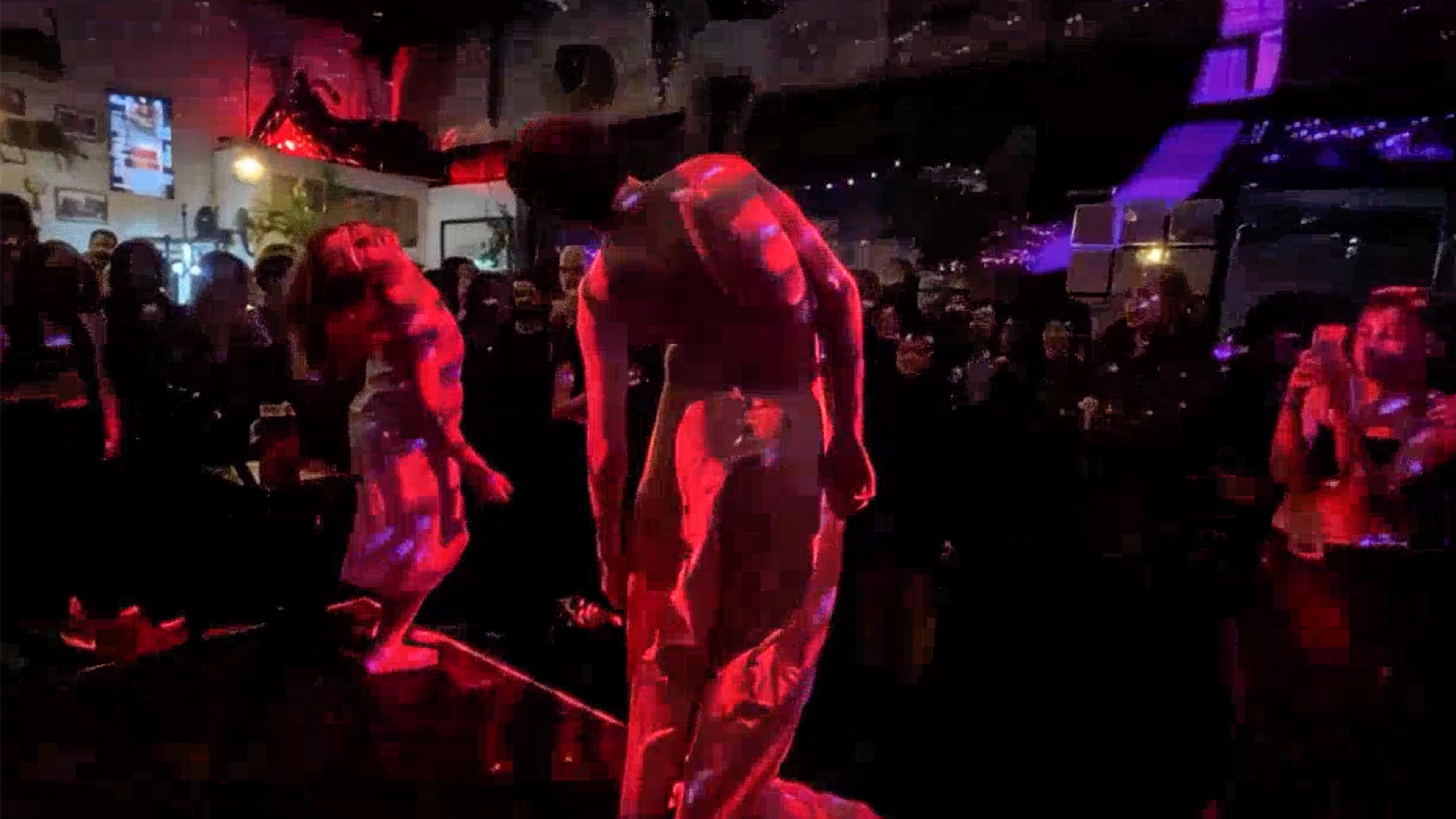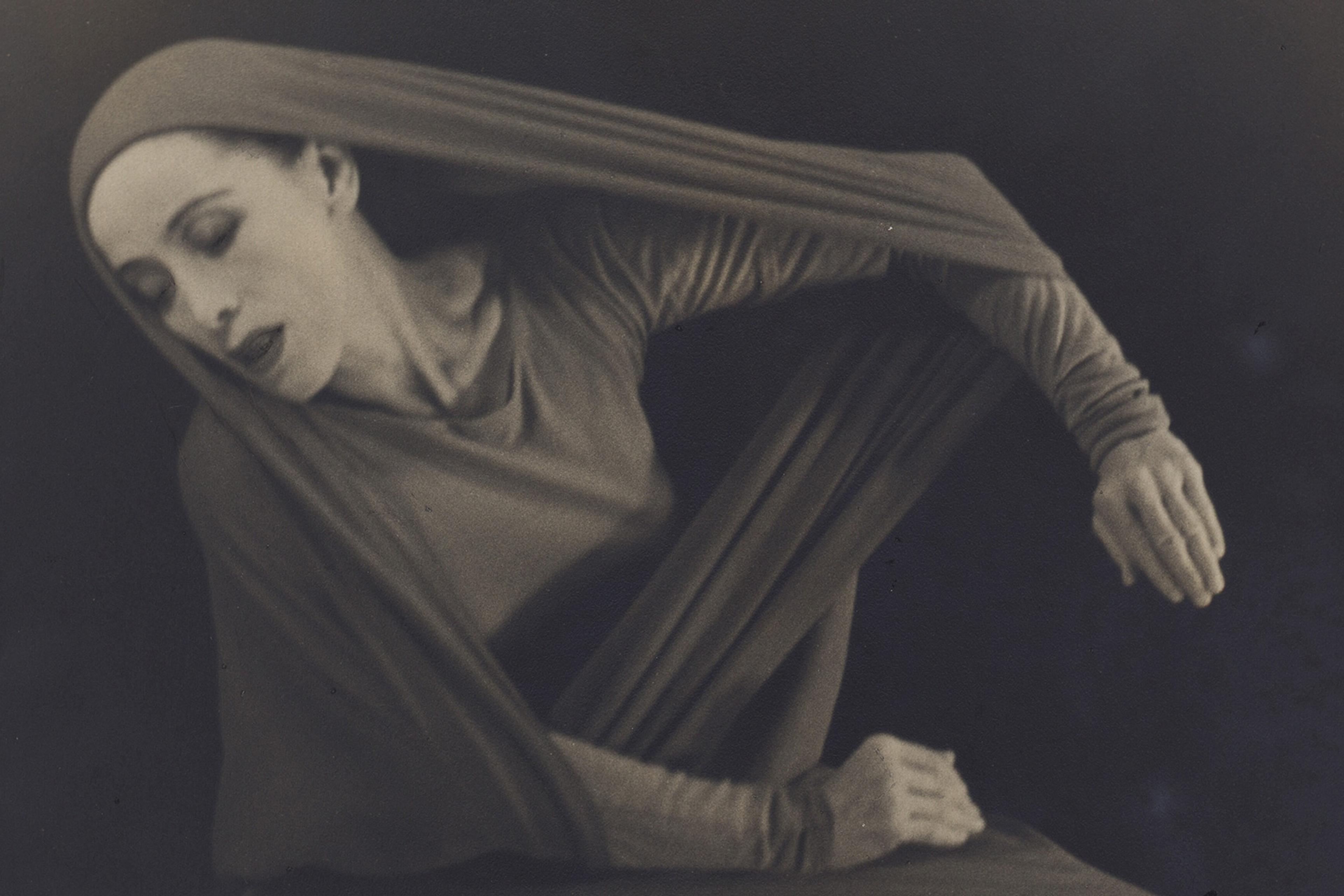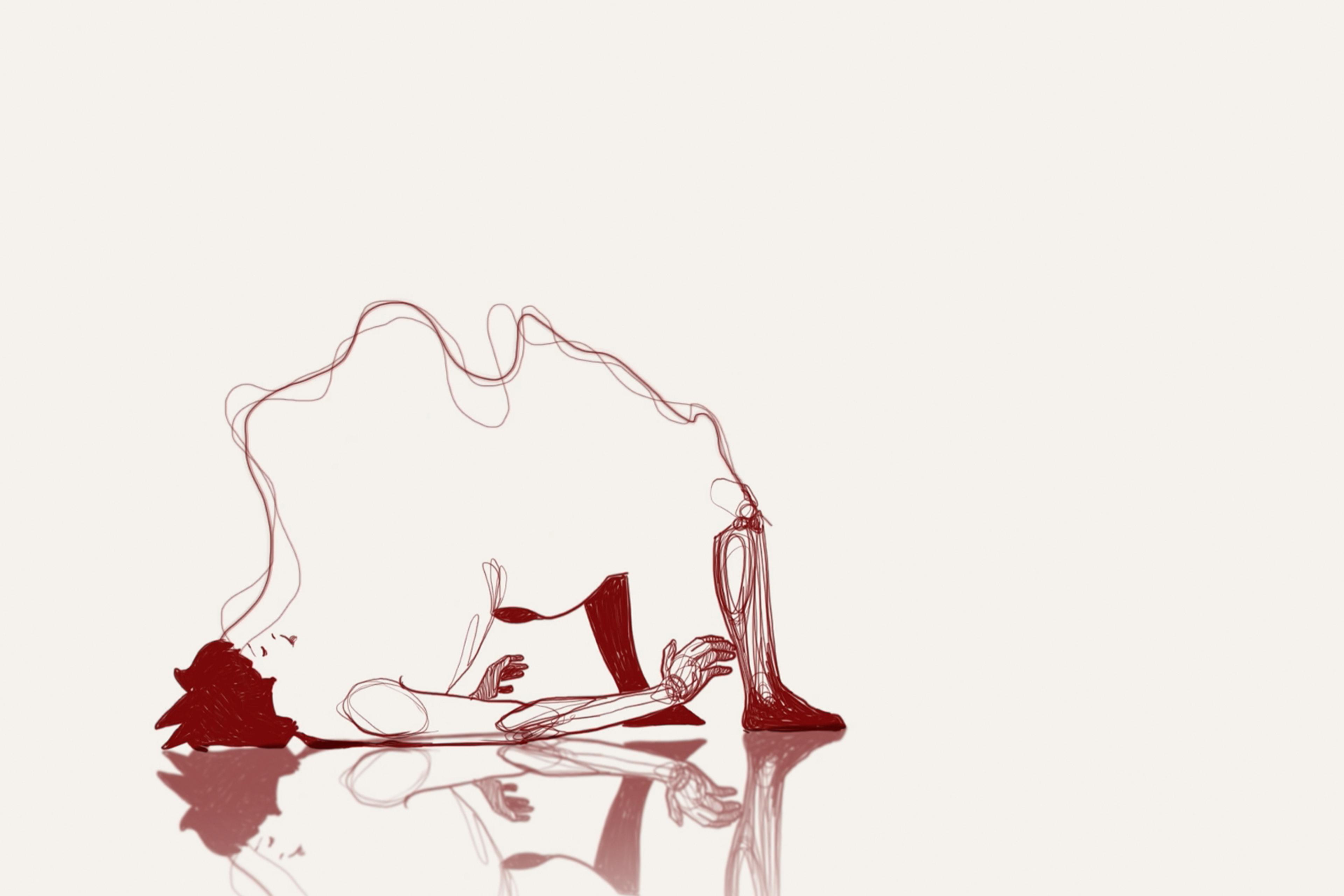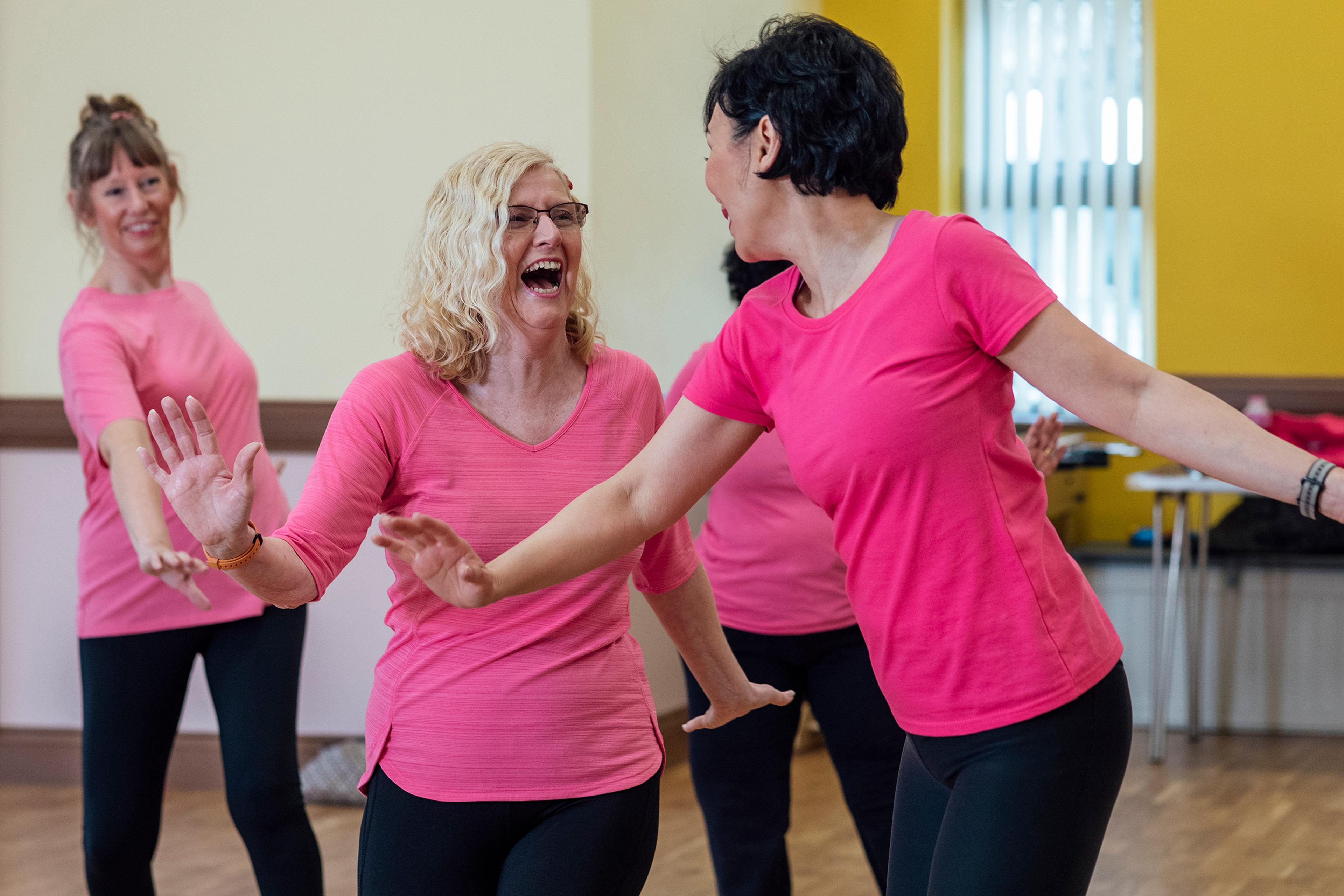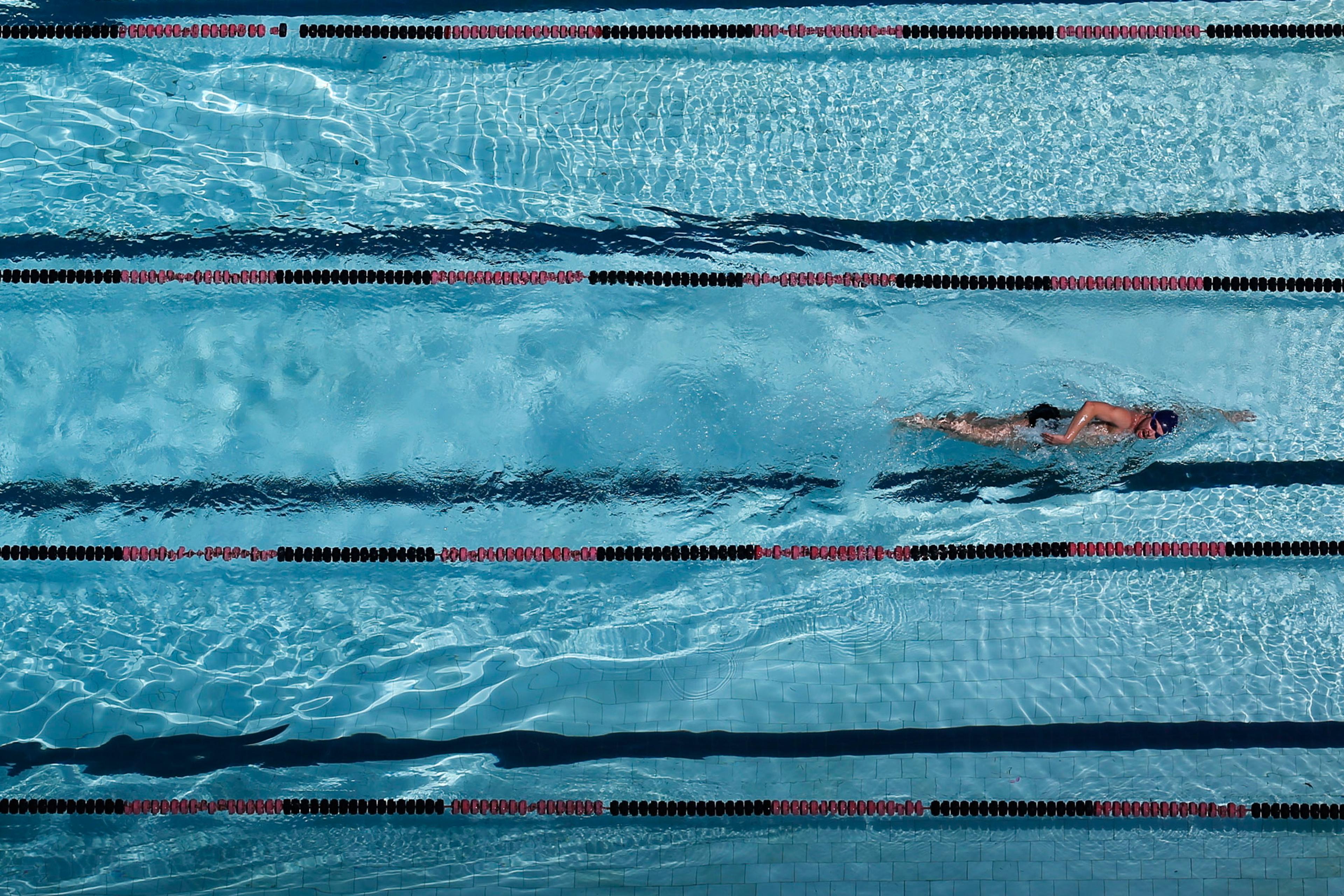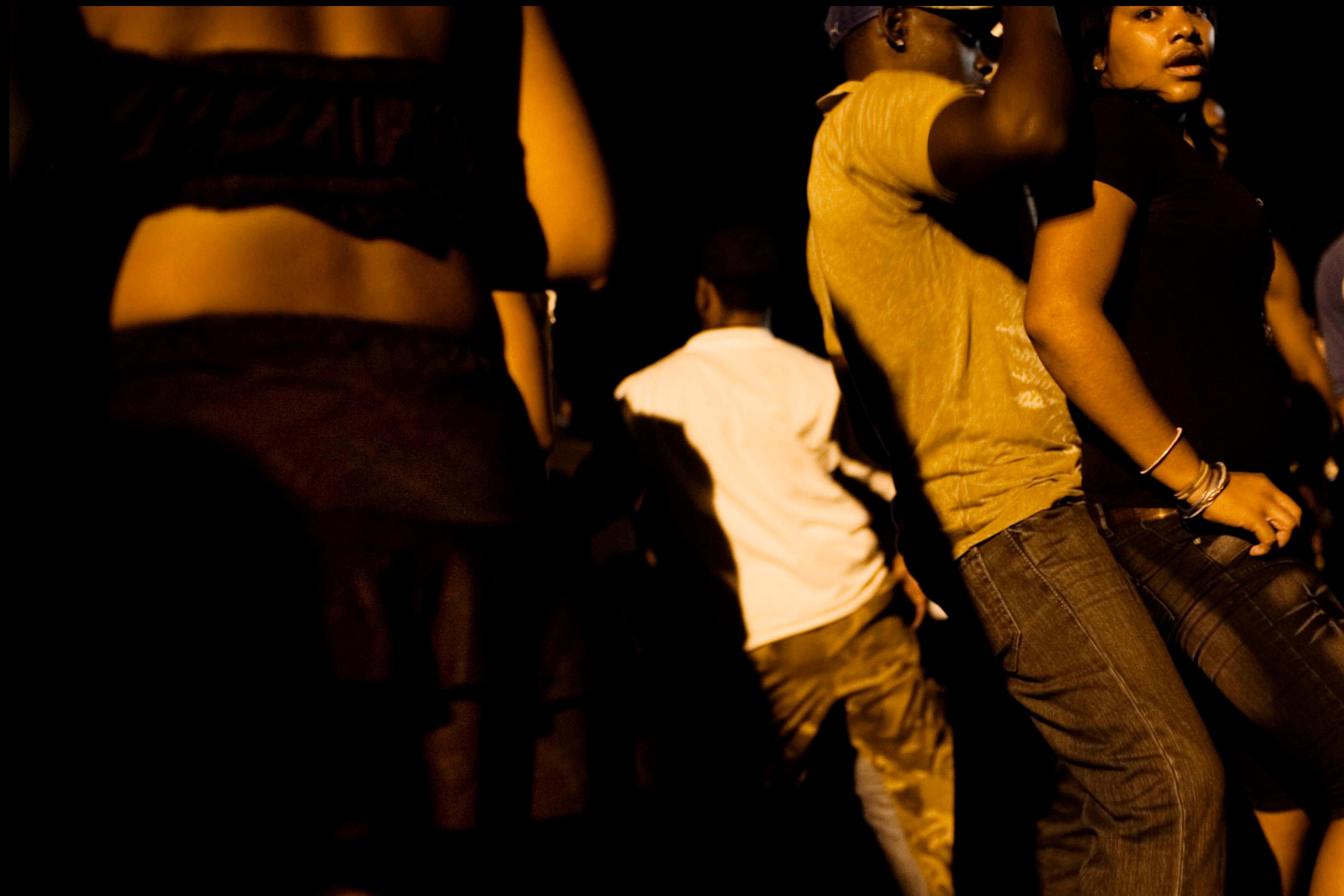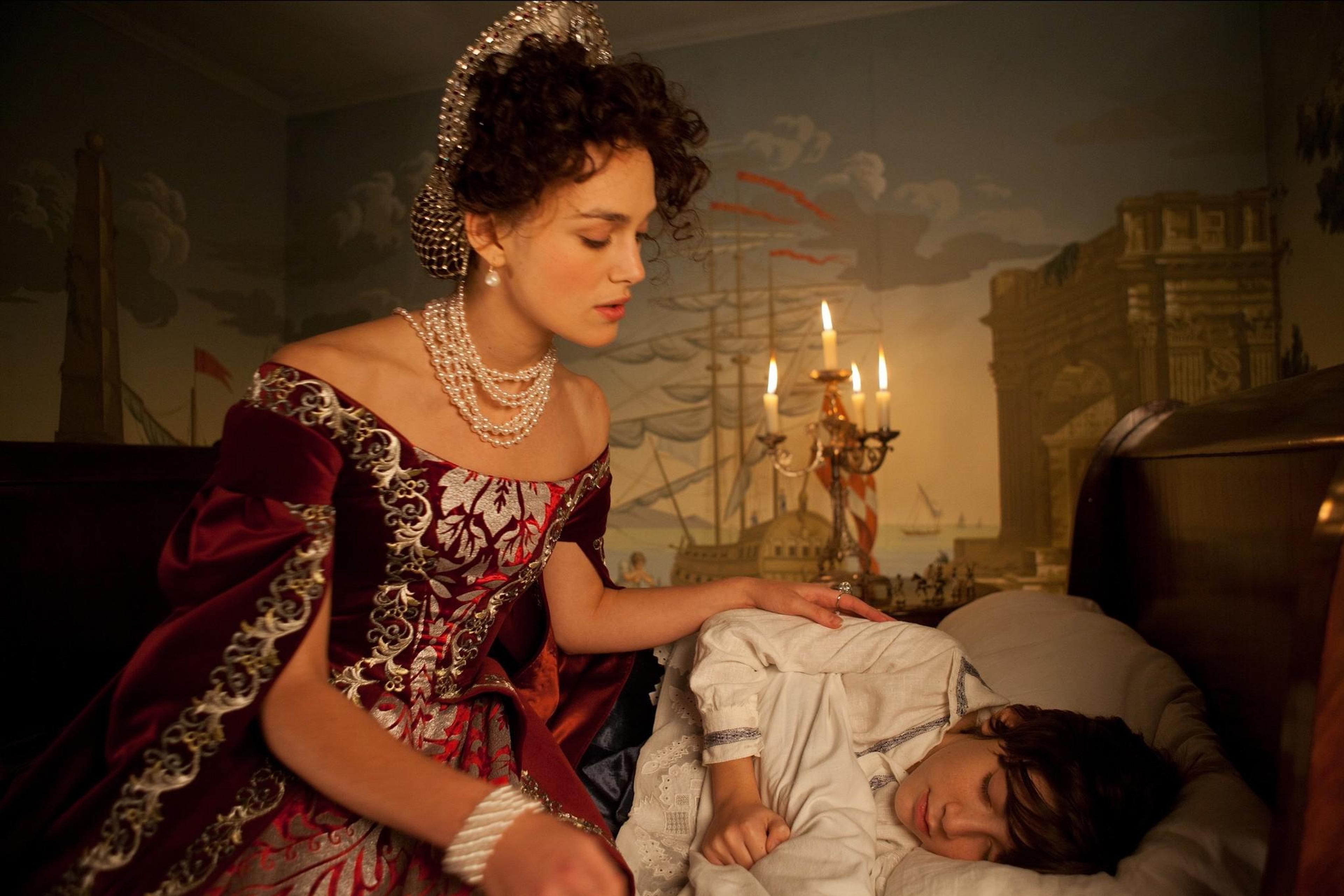Ninety-five degrees. For some, that phrase represents a stifling, humid summer, whose only reprieve is the dead of night. Others, perhaps the more mathematically minded, might think of angles. Obtuse, sharp, severe.
Both of these images, and more, are my reality. Ninety-five degrees is the approximate angle at which my spine curves. It’s also a number that prompts anxiety if it appears when I do my daily Googling of ‘weather’. For 95°F means that the comfort and security of thick, oversized jumpers is not an option.
Scoliosis, or a curvature of the spine, was not a word I knew before the age of 13. My particular variant is what the surgeons call severe thoracolumbar scoliosis, an S-shaped curve, greater than 40 degrees, extending primarily between the middle (thoracic) and the lower (lumbar) parts of my back.
The options I have for treating such a severe form of scoliosis at my age of 27 are extremely limited. Spinal fusion surgery is highly recommended, with Iyengar yoga being my alternative. For the surgery, steel rods would be inserted into my back and secured with bolts drilled directly into my spine to forcibly straighten it. This would, however, only reduce the curvature, not eliminate it.
This particular surgery also carries with it a 2 per cent risk of causing spinal cord injury or severe nerve damage, which could leave me paralysed. My scoliosis is degenerative, meaning it has gotten and will get worse, and can in time impact my lung and heart function. But a 98 per cent chance of success does not particularly inspire hope, especially considering that the odds of me being diagnosed with scoliosis this severe as a male are around 0.005 per cent in the first place.
In any system, human or otherwise, when the supporting structure fails, the effects are not contained. Physically, the left half of my torso, where my ribs used to be, is now a cavity. Those ribs have been pushed to the right by my spine. The large ‘rib hump’ created is very visible, even in jumpers, as something protruding from my back. The right side of my body is also weaker than the other, which I suspect is the cause of various medical issues on that side. Psychologically, my rib hump is always pressing against my arm. It is a constant reminder that something is very, very wrong and that I cannot escape that fact, no matter how hard I try.
Generally, however, the chronic pain I feel is relatively mild. Muscle fatigue and easily being injured are more of an issue, along with a limited range of motion when I lift my arms and legs, which is of course a hindrance when it comes to dance.
In her book On Lies, Secrets, and Silence (1979), the poet and author Adrienne Rich writes about poetry – one of the creative practices that I’ve used to explore my deformity – as ‘a concentration of the power of language’. That idea resonated when, two years ago, I watched the acclaimed documentary Pina (2011), about the life and works of the German choreographer Pina Bausch. What I saw were ordinary humans, communicating that same concentrated essence of life, but through movement instead of writing.
To me, it was the ultimate illustration of Charles Baudelaire’s proposition that dancing is ‘poetry with arms and legs’. I felt in an instant that Tanztheater, the style of dance that Bausch began to formalise in the late 1960s, was the language that I wanted to speak. It was the language that I needed to speak. Powerful enough to push me to take my practice of poetry into the physical world, despite my strong need to avoid awareness of my own physicality.
These phrases were born from the dancers rather than being dictated by the choreographer alone
Soon after watching Pina, I began taking my first course in contemporary dance. Until then, I’d had no prior dance experience. This course marked a significant pivot in how I saw – or rather, allowed others to see – my back. When I’m wearing a T-shirt while dancing, the bends, turns and sharp movements do not allow for any measure of control over whether the odd curvature of my body is noticed.
By this point, I had already begun searching for classes in Tanztheater. Bausch’s novel style of dance, an expressionist response to German operettas and classical dance forms, was also an evolution of her extensive training and work with choreographers such as Kurt Jooss, Antony Tudor, Paul Taylor and José Limón. She eventually developed a process that uses prompts, such as ‘something about love’ or ‘write the word sunshine with your body’, as a source for choreography. These prompts would be given to dancers to create their own dance phrases, first and foremost from a place of authenticity. It enabled them to produce movements that had their own lived experience as the foundation.
This process was nothing less than a revolution. Especially so when compared with the standard way of working during the earlier parts of the 20th century, where choreographers chose movement based mainly on aesthetic value. Bausch, on the other hand, would examine what her dancers had created and determine where those phrases might fit in the piece. These phrases were born from the dancers, from their experiences, rather than being dictated by the choreographer alone. Her work did include choreography created solely by her, but this lessened as the years went on and her experience with this process grew.
Prior to Tanztheater, another revolution had taken place, not in dance this time, but in philosophy. The German philosopher Martin Heidegger, among others, developed ideas about experience, authenticity, and what it means to move through the world as beings whose ultimate destination in life is death.
A fundamental part of Heidegger’s philosophy was the concept of ‘Dasein’ (or ‘being there’). Every one of us is a Dasein, a being moving forward through time, with countless possibilities for what we can achieve. But one of the default states of the Dasein is what Heidegger calls ‘fallenness’. Fallenness is an inauthentic state, where the Dasein follows the herd blindly, doing what is popular, falling into routine, and not considering the ‘why’ of their existence.
To live an authentic life, a Dasein must have as a primary concern their being within the world, and how they can use their awareness of unlimited possibilities to transform themselves in spite of being-toward-death. Authenticity, then, means that you turn away from the herd and use the knowledge of your life (and your inevitable death) as a tool to free yourself to achieve what you truly desire.
Tanztheater teaches that each singular movement should portray its own emotional state
This theme of going towards death, and learning how to best live in spite of that, has been explored throughout the ages. In Phaedo, Plato describes dialogues in which Socrates talks about philosophy as a preparation for death. Michel de Montaigne somewhat continues this line of thought in his essay ‘That to Study Philosophy Is to Learn to Die’ (1580). He not only argues, like Heidegger and Socrates, that we must confront and accept the inevitability of death, but also that by meditating on death we learn to practise a daily letting-go – a discarding of the fearful parts of ourselves preventing us from living authentically. To quote Montaigne: ‘You are in death, whilst you are in life …’ Another philosophical idea that has stuck with me is Theodor W Adorno’s proposal that ‘the need to let suffering speak’ is actually a necessary condition for truth.
I had learned about all of these ideas previously, but found that Tanztheater is in many ways an amalgamation of them. It embodies Adorno’s imperative to let suffering speak, presenting truth through a direct, experiential choreography that echoes the dancer’s own experience. Tanztheater teaches that each singular movement should portray its own emotional state, and within a few seconds a dancer might have to switch their emotional state several times.
Montaigne’s practice of letting go is also a fundamental part of Tanztheater, and one that I believe serves to cause not only physical exhaustion but more importantly emotional exhaustion. For it is when one is pushed to the extreme, when one begins to suffer, that their defences lower and a real sense of authentic connection with the audience can be made. This, to me, is what makes Tanztheater so special. A given freedom that acknowledges your being-toward-death as a jumping-off point to express the authentic realities of life through movement.
That is what I would eventually discover when taking the Tanztheater classes of Adrian Look, who trained at the Folkwang University of the Arts in Essen (where Bausch originally studied) and now teaches classes in London. Look’s classes are a mix of both standard Tanztheater technique and learning how to create our own phrases. Learning how to translate choreography into a body that I don’t want to believe exists is a frustrating experience. Nevertheless, I persevered, partly because I so enjoyed Look’s talks in class about the personal philosophy that guides him. His hope for Tanztheater is that it can be a way of liberation. Not only for the individual soul, but for humanity as a collective. A way to communicate the raw, lived experience of the human condition, and to foster empathy through movement.
Billy Gigurtsis and Martha Kent dance in [de]gradation
Look’s teaching on choreography became instrumental to my own practice, enabling me to create phrases such as one I made for my most recent work. It involved me and my performance partner repeatedly adjusting my body through actions like pulling me up by my hair to ‘straighten’ my back and pushing down on the shoulder that my scoliosis has forced up. These movements got more aggressive as the piece went on, and I got more exhausted, before eventually surrendering to the inevitability of it all.
Sharing phrases such as these, enabling audiences to connect on a felt level with the experience of dancers of all bodies, is one of the wider goals I have for my career, and is something that I believe could be extremely powerful. Especially so in the context of historic marginalisation, and in an industry where being a ‘disabled dancer’ is still considered a contradiction by many.
For me, however, this liberation through movement is an ongoing process. I dance face-to-face with the very real possibility that my scoliosis could continue to get worse. That one day I could be forced to stop dancing by the curves that now push me to continue. My deformity started out as something opaque, something violent. Now, my body’s inherent nature is the charge moving me forward, enabling me to communicate, to embody the truth that this suffering brings, and to share that with the world in the hope that I can one day teach others how to live a more authentic, more liveable life through movement.
